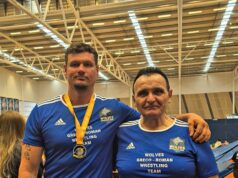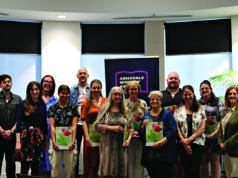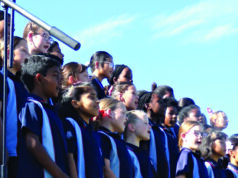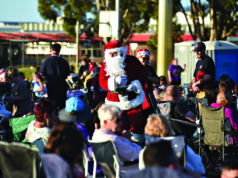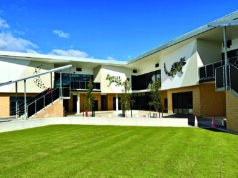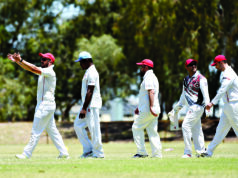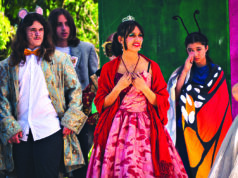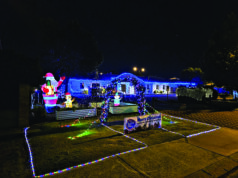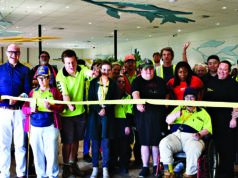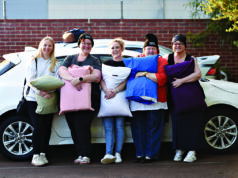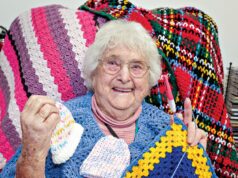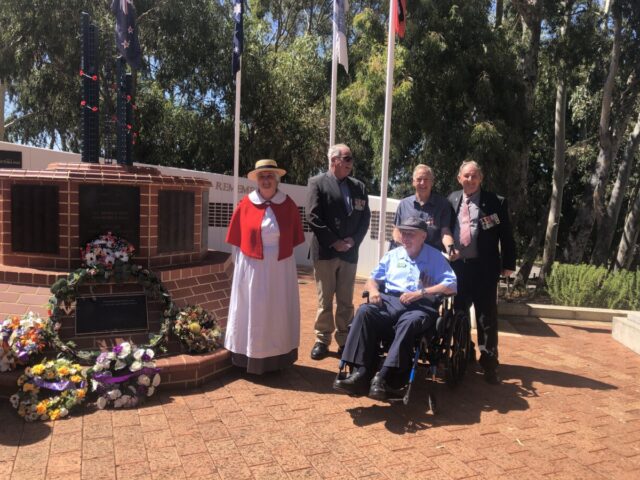
The RSL Victoria Park/South Perth sub branch celebrated National Servicemen’s Day on Wednesday with the dedication of a plaque remembering the service of nurses in WW1, WW2 and Vietnam.
It was a recognition of their skills, care and compassion.
February 14 each year is also the day they celebrate the contribution of National Servicemen, or Nashos, in the two post-war National Service schemes.
The first scheme that ran from 1951-59.
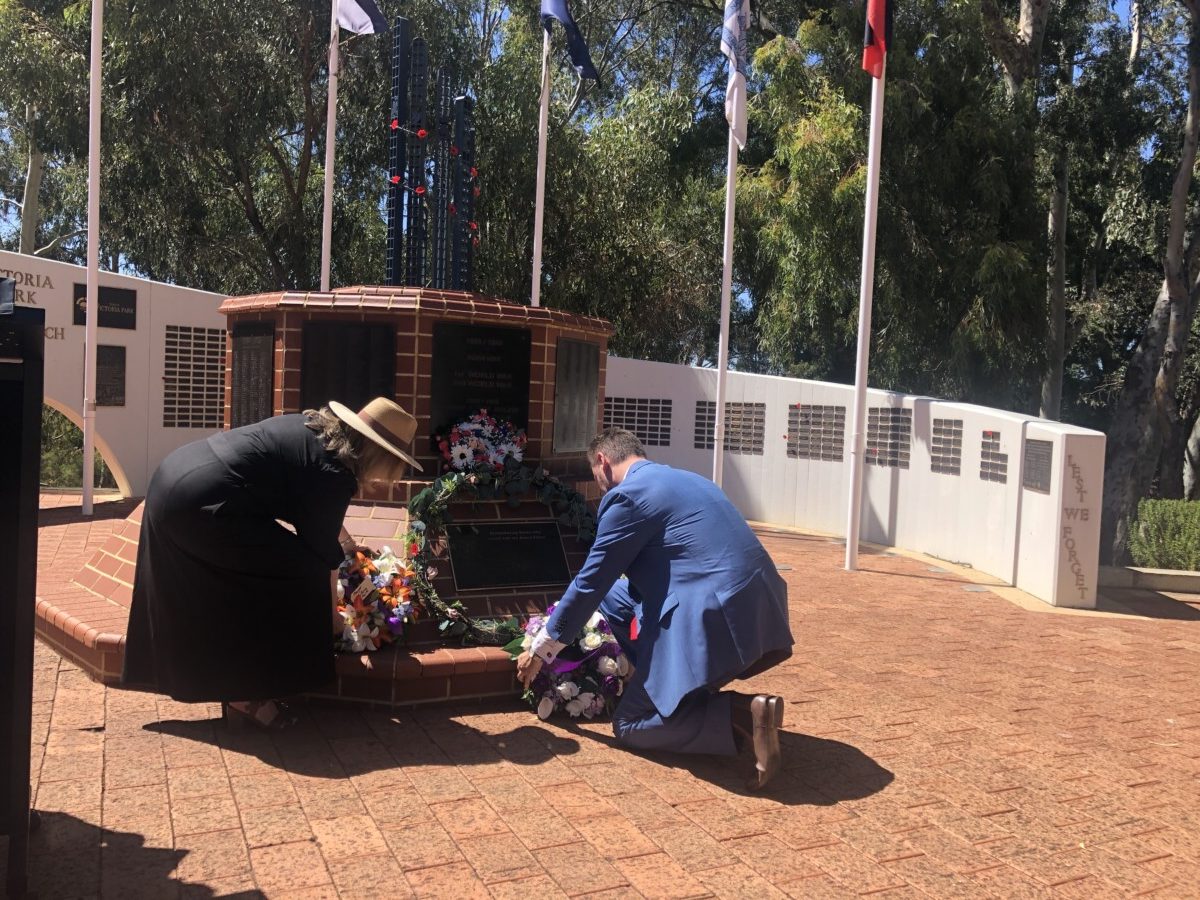
It was a universal scheme where all 18-year-old males were required to complete 176 days full time training in either the Army, Navy or Air Force and then were attached to the Reserves for another three years.
That scheme ended in 1959 when it was realised that cost of training outweighed the short service by the Nashos.
The second scheme, introduced in 1965 by the Menzies Government, required 20-year-old men to register for National Service.
The penalty for not registering was two years in prison.
A birthday ballot was conducted in the first and the second half of each year.
Men whose birthdates were drawn out were then subjected to a selection process with 93 per cent of 20-year-old men were exempted by either the birthday ballot or selection process.
The other seven per cent or 63,735 men were forced into the Army to carry the burden of National Service for two years.
The Menzies Government enacted conscription in peacetime when Australia was not being invaded or directly threatened.
It also changed the legislation to enable Nashos to be sent overseas to a war zone for the first time in Australia’s military history.

The provision for sending conscripts to a war zone was repealed by the Keating Government in 1992.
The Selective National Service Scheme of 1965-72 appears to be part of a long-term plan to launch Australia into the Vietnam War.
Army numbers were increased by 30 per cent using National Servicemen- enough to raise 9 Battalions of Infantry with 20-year-olds chosen as being physically stronger and more able to withstand the demands of jungle warfare.
Nashos, because of their short service of two years compared to regular soldiers, were assigned mainly to infantry battalions unless they had skills useful to the army.
All Nashos were fully trained and liable for combat duties in Vietnam.
Official figures taken from the archives show over 19,000 Nashos were deployed to Vietnam.
Two hundred Nashos were killed and around 2400 were wounded.
Nashos who were not sent to Vietnam were trained to the same standard and could have been deployed overseas at any time.
Service within Australia resulted in over 450 deaths of Nashos in training accidents or motor vehicle accidents through long drives going home for the weekend to see family and friends.
Nashos’ “forced service” in the army resulted in significant losses in jobs, promotion and relationships. Nashos were not volunteers like regular soldiers.


